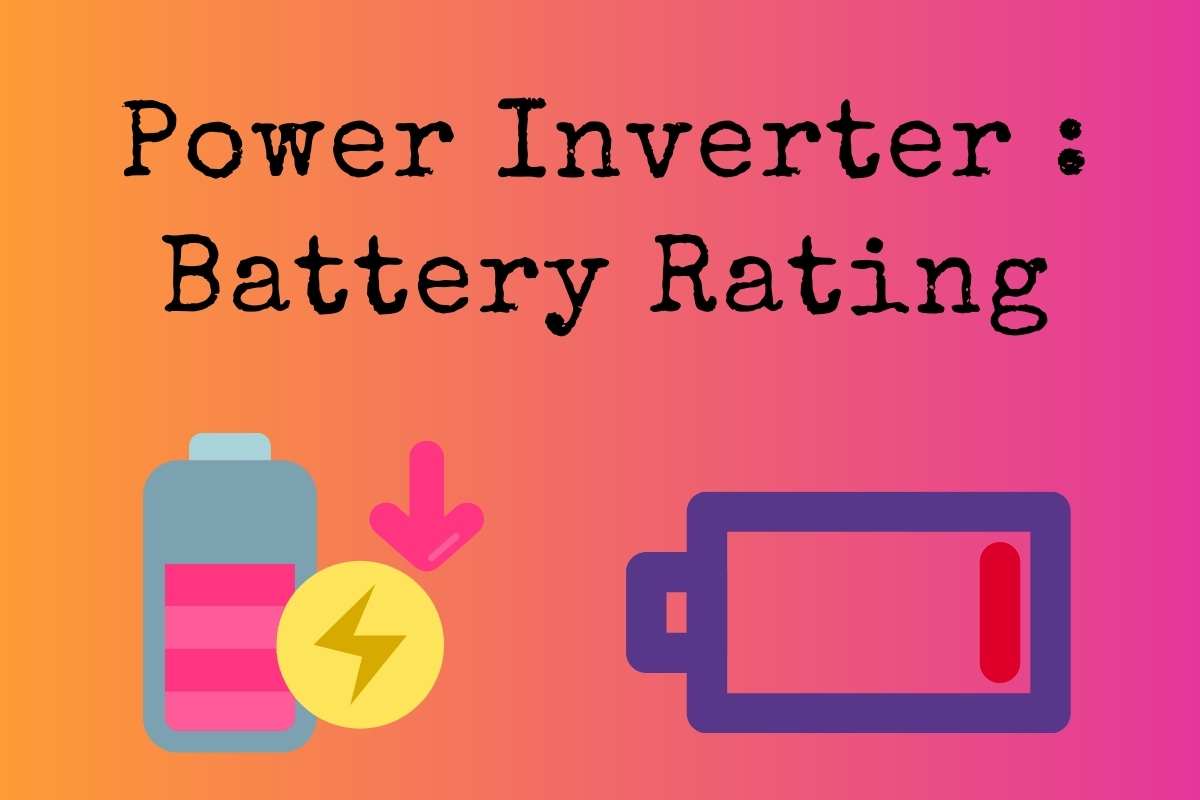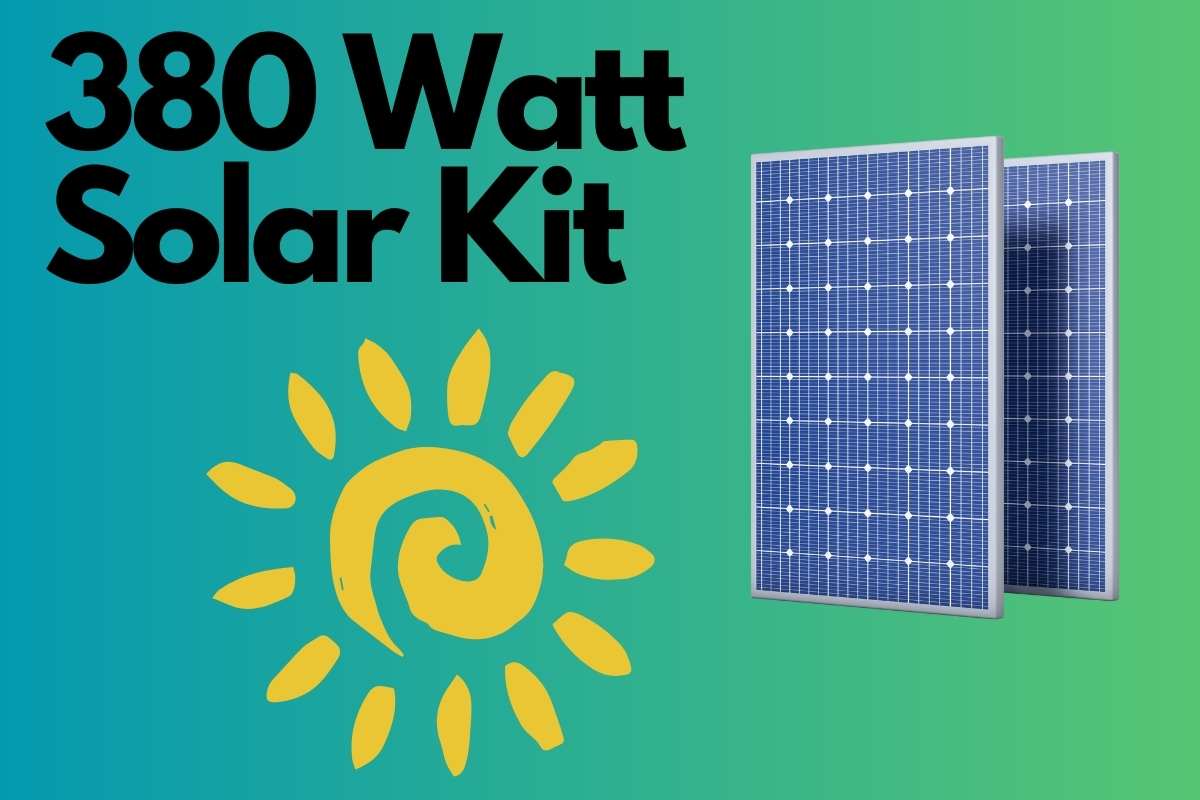How much battery will my power inverter need? Power Inverter: Determine Battery Rating
Determine Battery Amp Hour Rating to Calculate Power Inverter Run Time
Batteries are rated with voltage and Ah reserve capacity. This capacity in AGM and deepcycle may be built on a drain rate. In lithium batteries, how fast you drain the battery is less important to its capacity.
Overall, the larger your load on your power inverter, the faster your battery bank will be drained.
A simple rule of thumb for AGM and Deep Cycle marine batteries is that for every 100 watts you run on an inverter, you will drain about 15 amp hours from your battery. Although because of the drain rate being higher, you could actually have a higher amount from the capacity of the battery for super high drain rates. This is where lithium batteries shine. Lithium batteries have a low self-discharge rate, typically around 1-2% per month. This means they retain their charge for longer periods, making them ideal for applications requiring long-term storage, like solar energy systems. Proper maintenance and storage conditions can further reduce the drain rate, maximizing battery performance and lifespan.
Calculating Battery Drain from Power Inverters
Power inverters convert DC power from batteries to AC power for appliance use. To calculate the drain on a battery by a power inverter, follow these steps:
-
Determine the Power Consumption: Identify the total power consumption (in watts) of the appliances connected to the inverter.
-
Convert to DC Power: Divide the AC power consumption by the inverter’s efficiency (usually 85-95%). This gives you the DC power consumption.
-
Calculate Battery Drain: Divide the DC power consumption by the battery voltage (usually 12V, 24V, or 48V) to get the current (in amperes) drawn from the battery.
-
Calculate Battery Usage Duration: Divide the battery capacity (in ampere-hours) by the current drawn to get the number of hours the battery will last.
-
Factor in Depth of Discharge (DoD): Most batteries have a recommended DoD, usually around 50-80%. Adjust the calculated usage duration by the DoD to avoid excessive battery discharge.
-
Consider Inverter Losses: Inverters have conversion losses, which may also affect battery drain. Factor in these losses for a more accurate estimate.
By following these steps, you can calculate the drain on a battery by a power inverter. Properly sizing the battery and inverter is crucial to ensure reliable power supply and prevent excessive battery discharge.
This is a small video in the Series on how to calculate power inverter run time. This video covers how batteries are rated and what information we need to calculate how long a battery can supply power. This video lays out why we look for Amp Hour (Ah) Rating instead of Cold Cranking Amps (CCA) when looking for battery capacity. This information is important to both inverter run time and solar battery charging times.
Many people have found thess videos useful when determining overall battery bank capacity as well.



